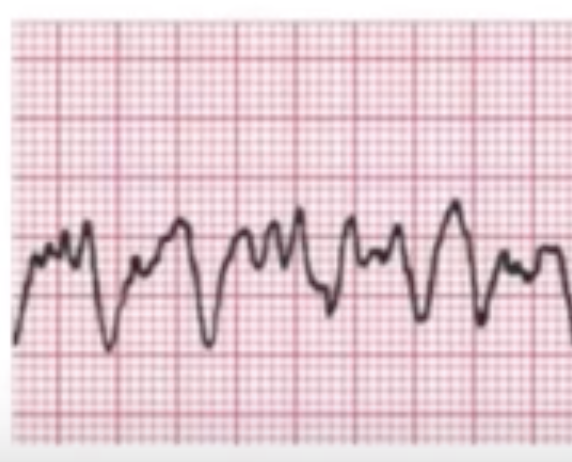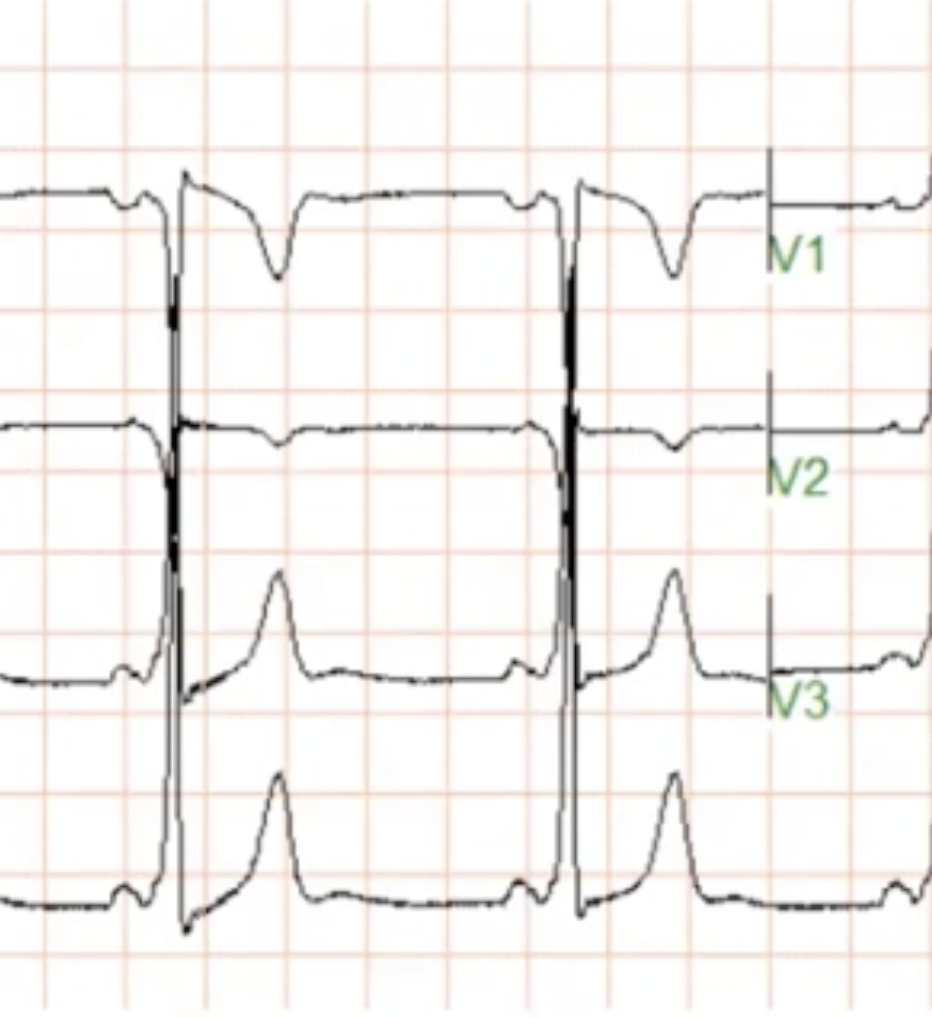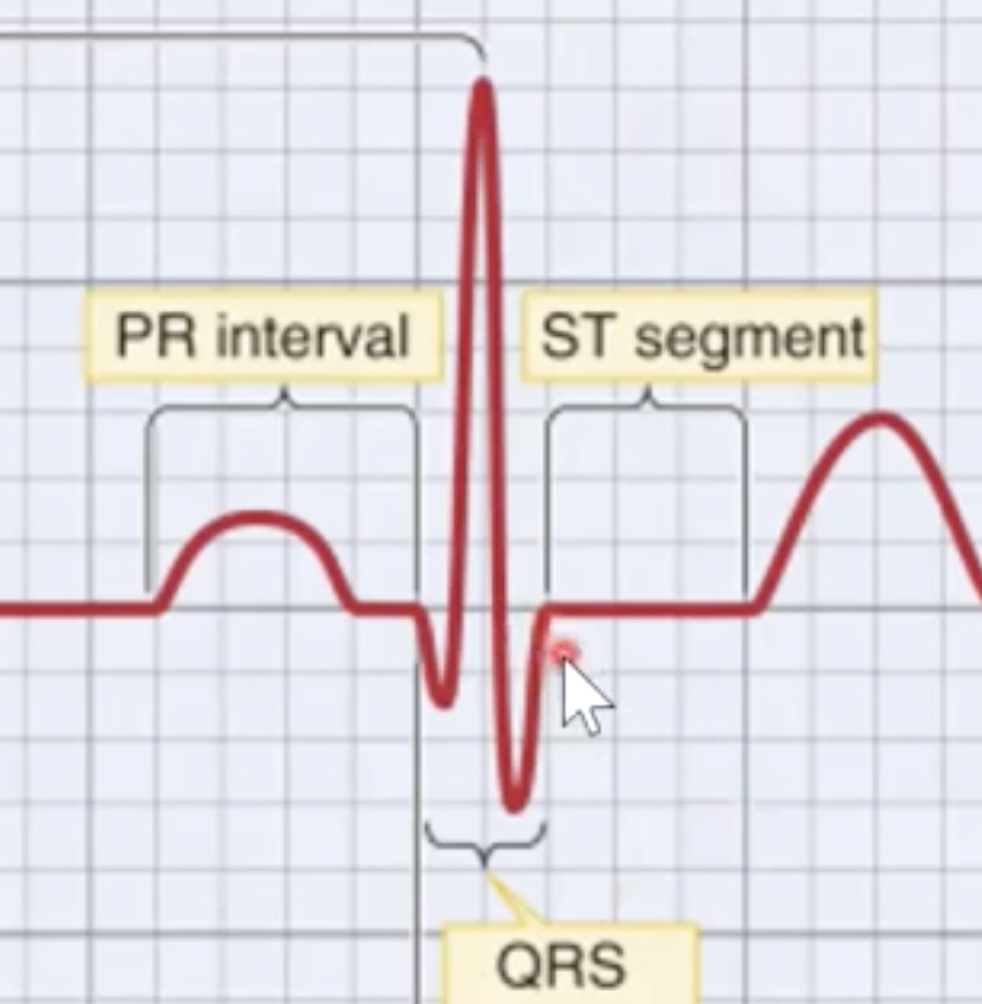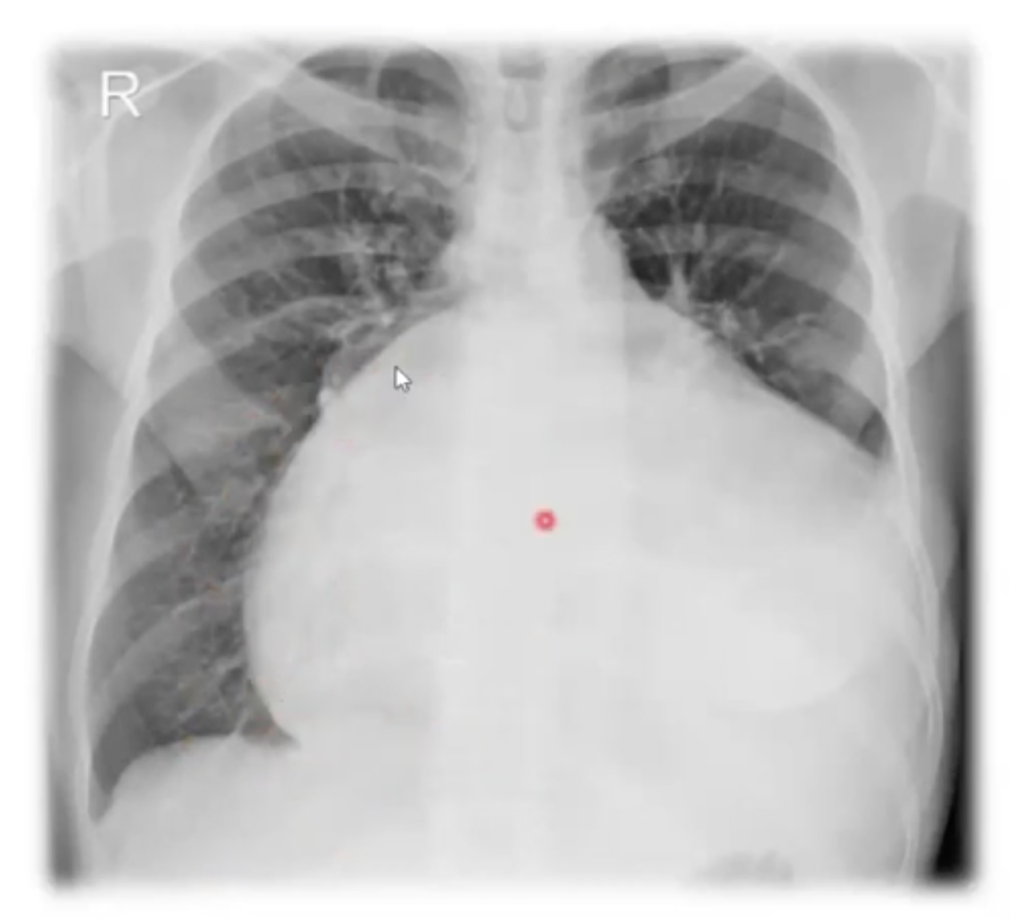Basic principles of arrhythmias

https://youtu.be/9KfVgX35wTE In this video (scrub through the video to see chapters) 03:45 Basic principles of arrhythmias 07:33 Conduction block and arrhythmias 08:35 Abnormal automaticity 10:28 Triggered activity 12:08 Summary of basic principles so far 14:05 Reentry 18:18 Rhythm strips
Critical analysis of a case report
In this session, we will assess a paper that is a case report on a patient with episodes of confusion and hypoglycemia. What was the diagnosis? Read the case report to find out! There will also be a short discussion on a case report and where it fits into the evidence-based pyramid. Learning Goals Learning […]
An approach to reading the literature
Learning Goals Demonstrate respectful, constructive, adaptive interactions with peers and/or facilitators, including punctual attendance, advanced preparation, professionalism, and giving and receiving feedback Formulate and critically analyze PICO questions (population/patient/problem, intervention, comparison, outcome) Describe predatory journals and explain how they can be identified Activity 1: Application of PICO The primary purpose of the PICO question is […]
Orientation and defining scholarship
Learning Goals Demonstrate respectful, constructive, adaptive interactions with peers and/or facilitators, including punctual attendance, advanced preparation, professionalism, and giving and receiving feedback Identify the experience each group member has with scholarship and discovery Identify different approaches and subjects of scholarship and discovery Activity 1: Introductions Welcome to Medschlr 500. During these small-group sessions, you will […]
Need to know
This document is meant to help focus your studies for written exams and STEP 1. Terms will be added throughout the year (i.e., this list is iterative and will change). PICO framework You should have a good grasp of how PICO works and why it’s a useful framework. Link to upcoming PICO resource page. Study […]
Training for responsible conduct of research (aka CITI training)
Learning Goals Identify and apply principles in the Belmont Report to human subjects research Describe different sources of vulnerability in regard to human subjects research List IRB requirements for conducting research involving human subjects Identify types of review and risks associated with conducting records-based research Summarize ethical issues and U.S. government regulations for ethical review […]
Arrhythmia syndromes

https://youtu.be/o9mg8ejmJ28 In this video (scrub through the video to see chapters) 00:07 Arrhythmia syndromes 00:54 Wolff-Parkinson-White syndrome 09:07 Long QT syndrome 15:12 Never trust the computer’s QT interval measurement! 16:46 Brugada syndrome 18:54 Short QT syndrome
ST segments

https://youtu.be/poZwjetjP1Q In this video (scrub through the video to see chapters) 00:06 ST segments 01:36 Pathophysiology of ST segment displacement 02:54 Causes of ST segment displacement 05:55 Early repolarization 07:40 Pericarditis 10:27 ST segment elevation myocardial infarction (“STEMI”) 17:45 Evolution of ischemic changes on the ECG 20:23 Miscellaneous causes of ST displacement
Bundle branch block

https://youtu.be/k2MpGA_75Fc In this video (scrub through the video to see chapters) 00:09 Bundle branch block 02:34 ECG diagnosis of bundle branch block 03:24 Ventricular depolarization in LBBB 06:43 Ventricular depolarization in RBBB 11:09 Causes of RBBB 13:00 Example of LBBB 15:14 Causes of LBBB 16:15 WiLLiaM MoRRoW 17:45 Left anterior hemiblock 19:28 Left posterior hemiblock
Hypertrophy

https://youtu.be/NligcQOt22M In this video (scrub through the video to see chapters) 00:09 Hypertrophy 01:49 Radiographic, echocardiographic, and pathological correlates 06:02 Atrial enlargement 12:36 Right ventricular hypertrophy 16:13 Left ventricular hypertrophy 22:28 Biventricular hypertrophy